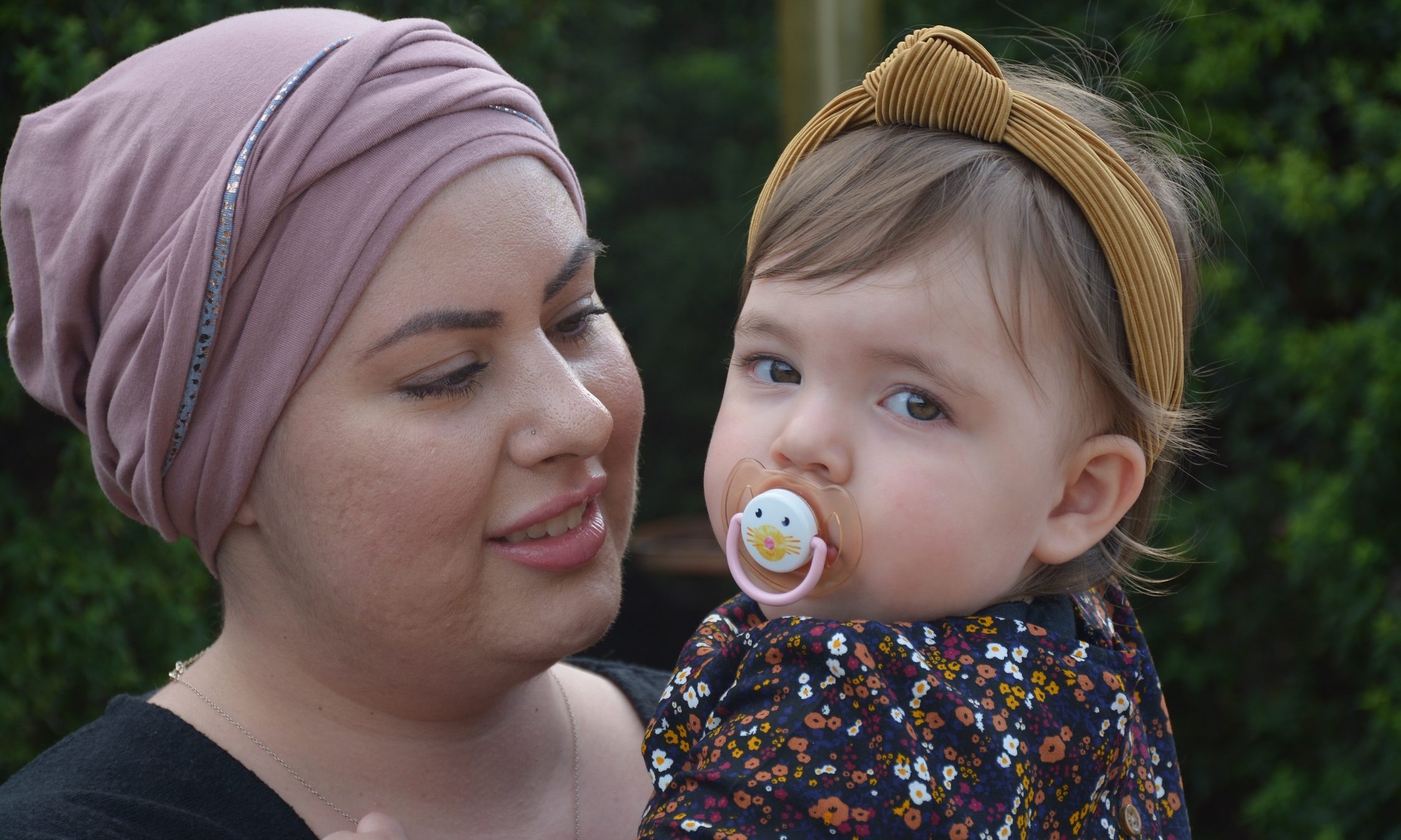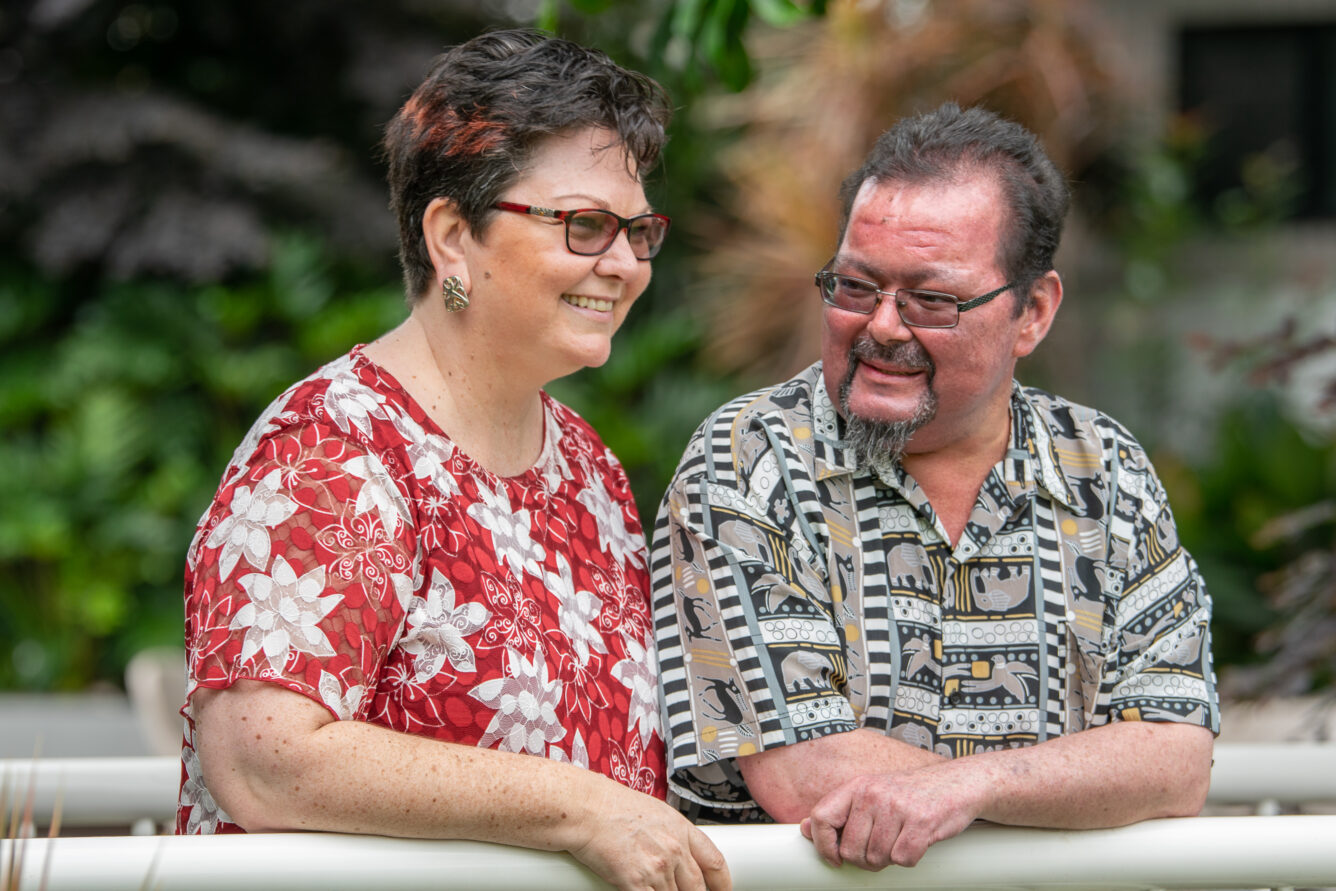Each year in Australia around 7,397 people are diagnosed with lymphoma. Around 6,600 of these cases are diagnosed with a type of B-cell or T-cell lymphoma. Non-Hodgkin lymphoma is not a single disease; there are in fact more than 30 different sub types of non-Hodgkin lymphoma. These many different sub types are broadly divided into the following two main groups:
B and T-cell lymphomas are cancers of the lymphatic system. The lymphatic system forms part of the immune system. It contains specialised white blood cells called lymphocytesthat help protect the body from infection and disease. Lymphomas arise when developing B- and T- lymphocytes undergo a malignant change, and multiply in an uncontrolled way. These abnormal lymphocytes, called lymphoma cells, form collections of cancer cells called tumours, in lymph nodes (glands) and other parts of the body.
Non-Hodgkin lymphoma: the basics
How common is non-Hodgkin lymphoma?
Overall, it represents the sixth most common type of cancer in men, and the fifth most common type of cancer in women.
Who gets non-Hodgkin lymphoma?
Lymphomas can occur at any age but they are more common in adults over the age of 50. Lymphomas occur more frequently in men than in women. In children non-Hodgkin lymphoma and leukaemia are some of the most common types of cancer seen, but this number is far fewer than in the adult population. Lymphomas in children tend to grow quickly and they are often curable.
What causes non-Hodgkin lymphoma?
In most cases the exact cause of lymphoma remains unknown but they are thought to result from damage to one or more of the genes that normally control the development of blood cells. Research is going on all the time into possible causes of this damage. In most cases people who are diagnosed with lymphoma have no family history of the disease. Like many cancers, damage to special proteins that control the growth and division of cells may play a role in the development of lymphoma. The following are factors which may put some people at a higher risk of developing lymphoma:
- immunosuppression – a small percentage of lymphomas occur in people whose immune system has been weakened either by a viral infection or as a result of drugs that affect the function of the immune system
- infection – particularly in people with immunosuppression, viruses such as the Epstein-Barr virus or the human T-cell leukaemia/lymphoma virus may damage developing lymphocytes
- chemicals – some evidence suggest that people exposed to high concentrations of agricultural chemicals may have a higher risk of developing lymphoma
- lifestyle – lifestyle factors including smoking and obesity can increase the risk of developing lymphoma.
What are the symptoms of non-Hodgkin lymphoma?
Some people do not have any symptoms when they are first diagnosed with lymphoma. In these cases the disease may be picked up by accident, for example during a routine chest x-ray. Lymphoma commonly presents as a firm, usually painless swelling of a lymph node (swollen glands), usually in the neck, under the arms or in the groin. It is important to remember that most people who go to their doctor with enlarged lymph nodes do not have lymphoma. Swollen glands often result from an infection, for example a sore throat. In this case the glands in the neck are usually swollen and painful. Other non-Hodgkin lymphoma symptoms may include:
- regular and frequent fevers
- excessive sweating, usually at night
- unintentional weight loss
- persistent fatigue and lack of energy
- generalised itching.
Sometimes lymphoma starts in the lymph nodes in deeper parts of the body like those found in the abdomen (causing bloating), or the lymph nodes in the chest (causing coughing, discomfort in the chest and difficulty breathing). When it is first diagnosed, it is common for lymphoma to be found in several different sites in the body at once. It can spread to any organ and may involve the spleen, liver, brain and spinal cord (central nervous system) and bone marrow. Some of these symptoms may also be seen in other illnesses, including viral infections. It is important to see your doctor if you have any symptoms that do not go away so that you can be examined and treated properly.
What are common sub types of non-Hodgkin lymphoma?
Diffuse large B-cell Lymphoma
This is one of the most common types of lymphoma and represents about 30% of all cases. In this type of lymphoma the normal structure of the lymph node is disrupted and the lymphoma cells have spread widely (diffusely) throughout the lymph node. This type of lymphoma is regarded as aggressive and tends to spread over weeks or months from the lymph node to other areas of the body including the skin, gut, central nervous system and bone. Read more about diffuse large B-cell lymphoma.
Follicular lymphoma
This is another common type of lymphoma that represents around 25% of all cases. Follicular lymphoma gets its name from the way in which the lymphocytes are arranged in clusters or circular structures called follicles, within the lymph node. This type of lymphoma is usually slow-growing, over months or years (indolent). Read more about follicular lymphoma here.
SLL/CLL
This disease can present as either leukaemia or lymphoma. Initially it tends to be an indolent disease, requiring little or no treatment for many years. Read more about SLL/CLL here.
Mantle cell lymphoma
Burkitt’s lymphoma
A rare but highly aggressive type of lymphoma, it can also present as leukaemia. Burkitt’s lymphoma produces a mass of lymphoma cells in the abdomen and can spread very quickly over a matter of days. It is often treated with high doses of chemotherapy. Read more information about Burkitt’s lymphoma.
Cutaneous T-cell lymphomas
Including mycosis fungoides and Sézary syndrome, this type of lymphoma primarily affects the skin and the lymph nodes. In the early stages these lymphomas are generally indolent. Treatment involves the use of creams, emollients, and medications to help you stop itching, and ultraviolet light. Chemotherapy and radiotherapy may also be used. Read more about cutaneous T-cell lymphomas.
AIDS-related lymphoma
This occurs in people with human immunodeficiency virus (HIV) and tends to be aggressive and quite advanced when first diagnosed.
CNS lymphoma
In the more aggressive types of disease, lymphoma can spread from its original site to the brain and spinal cord. In the case of central nervous system (CNS) lymphoma, the disease is only found in these areas. Treatment usually involves radiotherapy and chemotherapy specifically targeting the lymphoma in this area.


